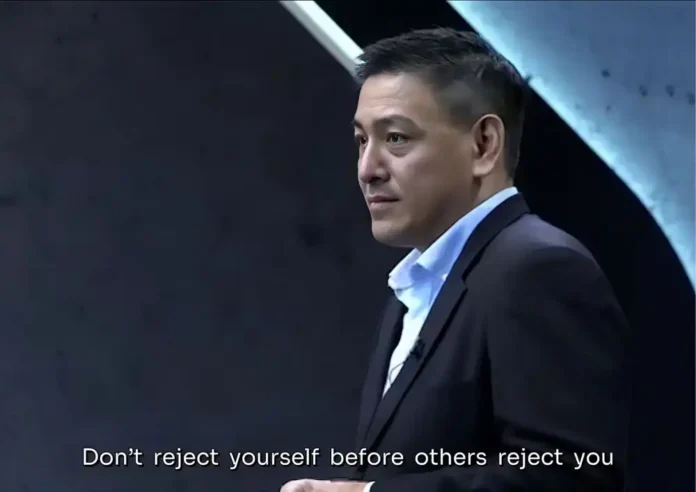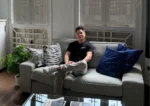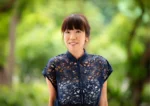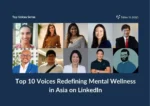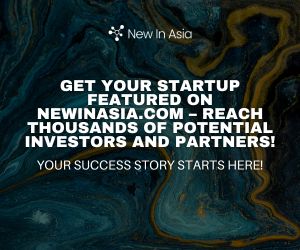From Singapore to Hong Kong, Kow Ping, Executive Director of WBD101, has spent the past decade pioneering wearable health technology long before the world caught on. What began as an idea to enhance workouts through music evolved into sensor-enabled hearables now poised to transform eldercare, remote healthcare, and even pilgrim safety during the Hajj. In…
RELATED ARTICLES
© NewInAsia.com 2025



